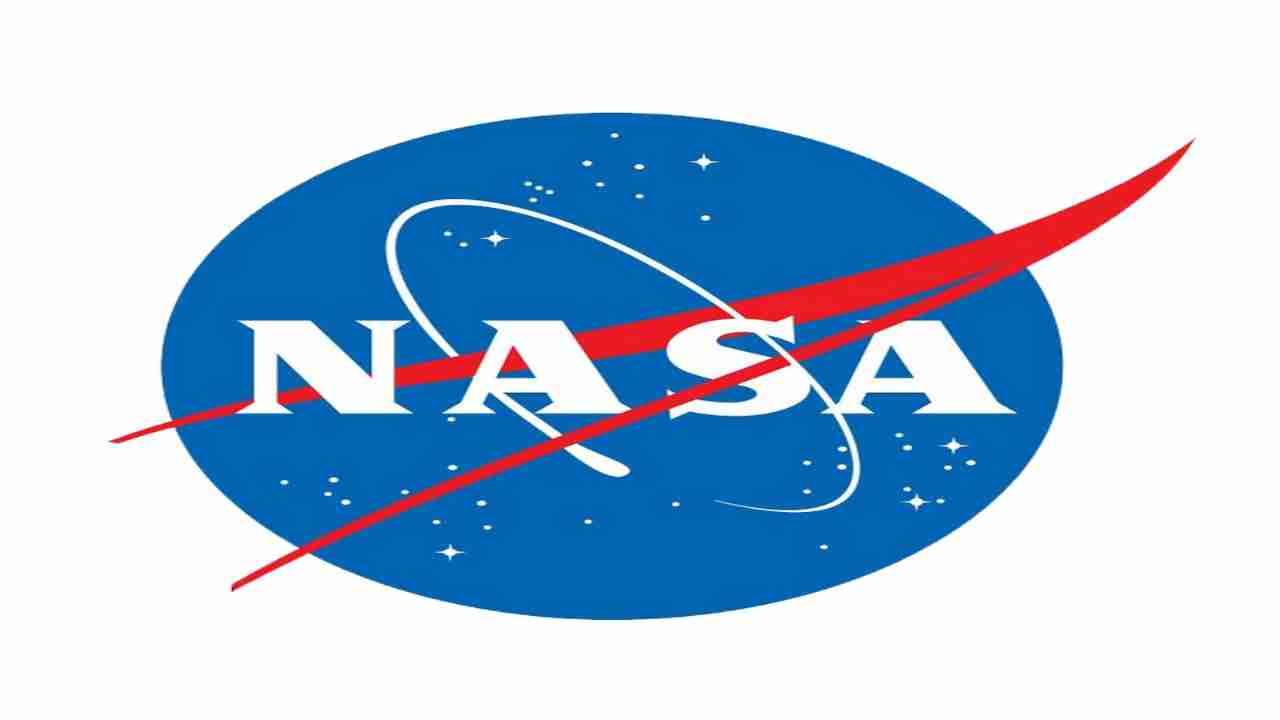NASA has announced the end of the mission for Ingenuity Mars Helicopter which made history by achieving the first powered, controlled flight on another planet. During its Flight 72 landing, one or more of its rotor blades sustained damage, so it is no longer capable of flight, the agency said on Thursday.
Ingenuity flew for the last time on January 18 and as planned it achieved a maximum altitude of 40 feet (12 meters) and hovered for 4.5 seconds before starting its descent. However, about 3 feet (1 meter) above the Martian surface, it lost contact with the agency’s Perseverance rover, which serves as a communications relay for the rotorcraft.
Following several days, the imagery revealed damage to the rotor blade.
“It’s humbling Ingenuity not only carries onboard a swatch from the original Wright Flyer, but also this helicopter followed in its footsteps and proved flight is possible on another world. The Mars helicopter would have never flown once, much less 72 times, if it were not for the passion and dedication of the Ingenuity and Perseverance teams. History’s first Mars helicopter will leave behind an indelible mark on the future of space exploration and will inspire fleets of aircraft on Mars – and other worlds – for decades to come,” said Ingenuity’s project manager, Teddy Tzanetos of NASA JPL.
Now that flight operations have concluded, the team will conduct final tests on the Ingenuity helicopter systems and retrieve the remaining imagery and data stored in its onboard memory.
NASA’s Ingenuity landed on the Red Planet on February 18, 2021, attached to the belly of the Perseverance rover. The mission’s success has opened up new possibilities for future missions to the Red Planet and other celestial bodies.


















